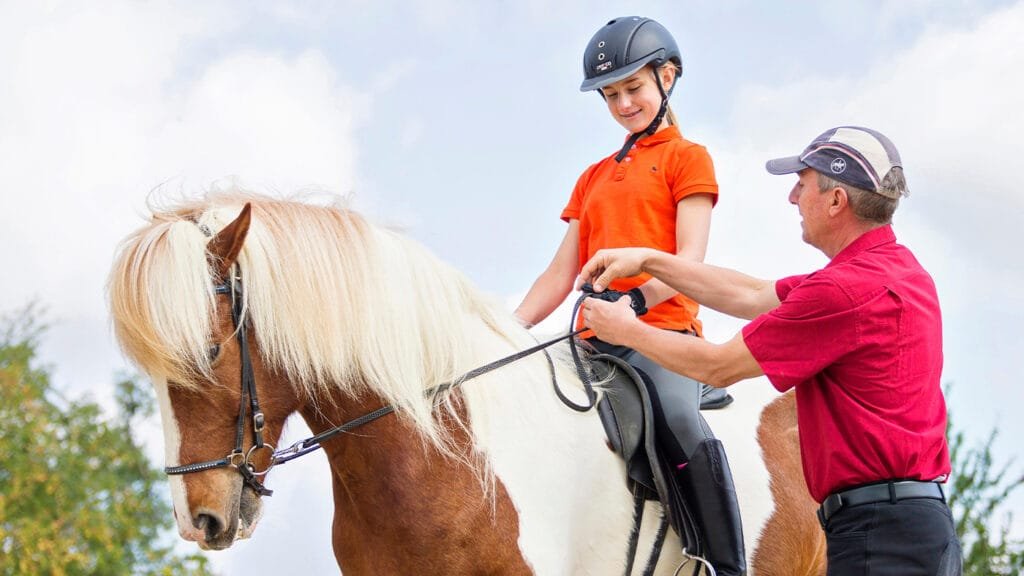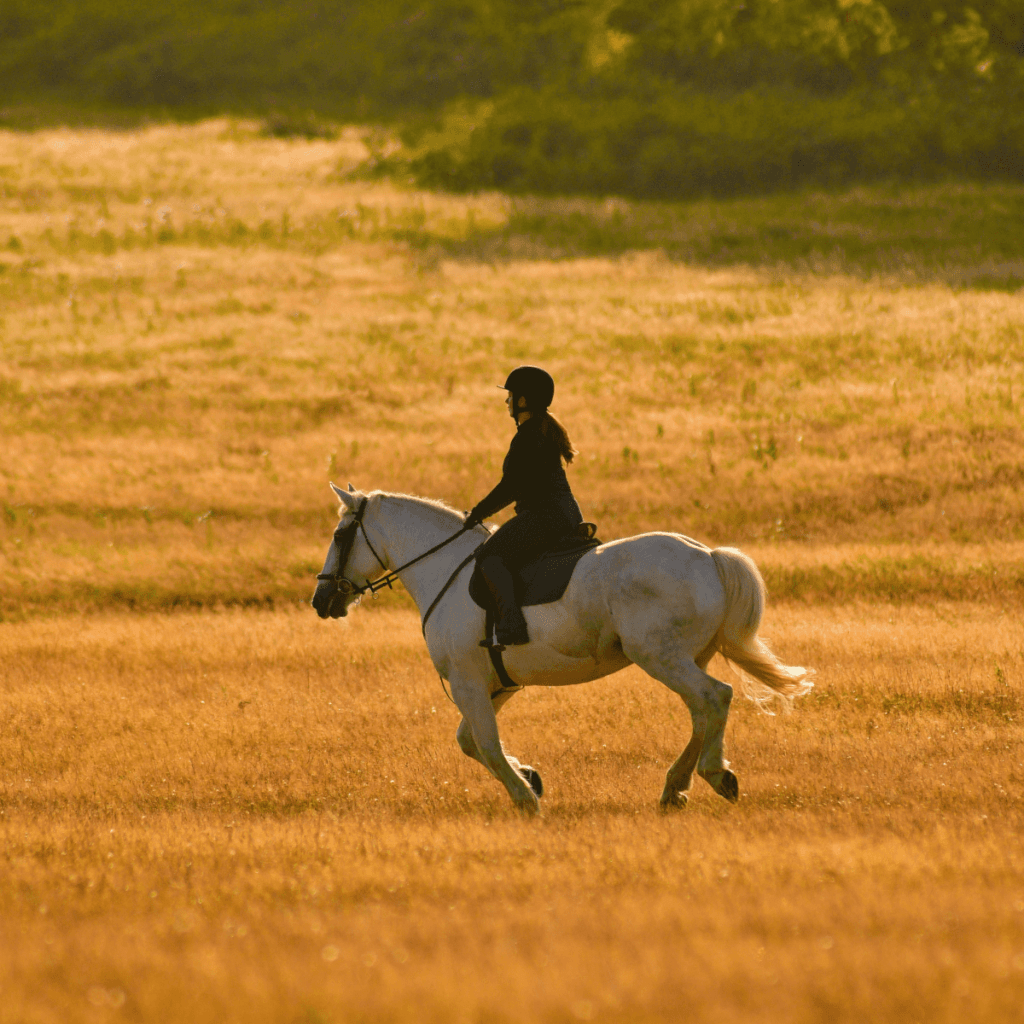Horseback riding is an exhilarating experience that can make you feel free and connected to nature.
Whether you’re aiming to ride for leisure, sport, or as a means of transportation, learning the basics of horse riding is the first step. Here’s an easy-to-follow guide for beginners on how to ride a horse confidently and safely.
1. Understand the Horse: A Strong Partnership
Before even getting on the horse, it’s important to understand your horse’s temperament. Horses are sensitive creatures, and each one has its own personality. Some are calm and gentle, while others may be more energetic. Spend some time getting to know the horse you’ll be riding. Approach the horse slowly, let it sniff your hand, and gently pet its neck or shoulder to establish trust.
2. Safety First: Gear Up
Your safety is the top priority when horseback riding, so always wear the proper gear. This includes:
- Helmet: A well-fitted riding helmet is essential to protect your head in case of falls.
- Boots: Wear boots with a small heel to prevent your feet from slipping through the stirrups.
- Riding Pants: While you can wear jeans, it’s best to wear riding pants for comfort and to prevent chafing.
- Gloves: Riding gloves offer better grip on the reins and protect your hands.
3. Mounting the Horse: Get On with Confidence
Once you’re ready and have checked your gear, it’s time to mount the horse. To do this:
- Stand next to the horse: Position yourself on the left side of the horse (the traditional mounting side).
- Place your left foot in the stirrup: Use your left hand to hold the saddle for stability, and gently place your left foot in the stirrup.
- Swing your leg over: Push off with your right leg and swing your right leg over the horse’s back. Sit gently into the saddle, keeping your balance and posture.
If the horse is tall or you’re unsure, it might be helpful to use a mounting block to give yourself extra height.
4. Reins and Positioning: Hold Steady
Now that you’re on the horse, it’s time to get comfortable. Hold the reins gently in both hands—don’t pull too hard, as it may confuse or spook the horse. Keep your hands steady and relaxed, holding them about six inches above the saddle.
In terms of posture, here’s how to sit correctly:
- Sit up straight: Keep your back straight and avoid slouching. Imagine a straight line from your shoulders to your hips.
- Leg position: Keep your legs relaxed and slightly bent, with your heels down and toes pointing forward.
- Look ahead: Keep your eyes focused ahead, not down, to maintain your balance and stay centered.
5. Starting to Walk: Gentle Movements
To start walking, gently squeeze the horse’s sides with your legs. Don’t kick; simply apply light pressure. The horse will understand this as a signal to move forward. Keep your hands steady on the reins and maintain a relaxed seat. If the horse starts to trot or move too quickly, gently pull back on the reins to slow down.
6. Trotting and Transitioning: Keep Your Balance
Once you’re comfortable walking, you may want to try trotting. Trotting is a faster gait that requires a little more coordination. The key is to rise with the horse’s motion, lifting yourself slightly out of the saddle with each stride. Keep your knees relaxed, and avoid bouncing too much. This will make the ride smoother and more comfortable.
When transitioning back to a walk, simply relax your legs and pull back gently on the reins.
7. Turning the Horse: Steering Made Simple
Turning your horse involves subtle cues with the reins and your legs. To turn left or right, gently pull on the reins in the direction you want to go. At the same time, apply slight pressure with your opposite leg (left leg for a right turn, right leg for a left turn). Always keep your posture straight and look in the direction you want to go.
8. Stopping the Horse: Gently Ask for a Halt
To stop the horse, slowly pull back on the reins. Don’t yank them; just apply steady pressure. At the same time, use your voice, saying “whoa” in a calm tone. Your horse will stop when it feels the cue and the reins tightening.
9. Dismounting: Getting Off Safely
When you’re ready to dismount, follow these steps:
- Bring the horse to a complete stop.
- Swing your right leg over and gently slide off the saddle, landing softly with your feet on the ground.
- Thank your horse with a gentle pat for a good ride.
10. Practice and Patience: Build Your Confidence
Riding a horse takes time and practice. Don’t get discouraged if you don’t get everything perfect on your first try. With patience, practice, and proper guidance, you’ll become more comfortable and confident in the saddle.




